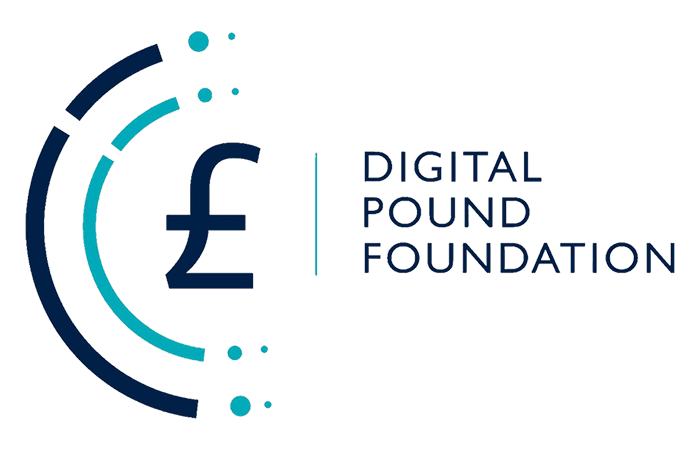A significant focus has been placed on the development of Central Bank Digital Currencies (CBDCs) within the Middle East and North Africa (MENA) region, highlighting the UAE’s strides in digital currency integration. A recent EY report outlined the UAE Central Bank’s ongoing efforts to incorporate the digital Dirham, inviting commercial banks and payment processors to join a pilot program. This initiative mandates the adoption of the Digital Dirham by all UAE licensed financial institutions by 2026, emphasising the requirement for participating entities to prepare for integration and sandbox use case development.
EY’s analysis extends beyond the UAE, observing that while some banks in the region remain cautious, opting to observe the evolving landscape, there’s a tangible concern regarding the potential impact on their deposit bases and market volatility. Notably, CBDCs typically do not bear interest, prompting banks to reconsider their strategies towards digital currencies. Despite these concerns, EY has identified and developed multiple digital asset use cases outside of CBDCs for financial institutions across MENA.
The report also points out the active engagement of several MENA countries in CBDC pilots, including Tunisia, Egypt, Qatar, Ghana, and Saudi Arabia, alongside ongoing regulatory studies in countries such as Oman, Iraq, Jordan, Morocco, and Algeria. Highlighting the global digital assets market’s worth at approximately US$1.3 trillion, EY underlines the significant potential of tokenization, supported by the World Economic Forum’s assertion that tokenization could enhance the MENA GDP by US$230 billion annually.
Moreover, the document touches on the global CBDC landscape, with specific attention to the BRICS nations (Brazil, Russia, India, China, South Africa), and their initiative towards establishing an independent digital currency and blockchain-based payment system. This system aims to benefit governments, the public, and businesses by being efficient, cost-effective, and politically neutral. The expansion of the BRICS group to include Saudi Arabia, UAE, Iran, Egypt, and Ethiopia in 2024 is a noteworthy development.
Furthermore, the report sheds light on Hong Kong’s proactive stance on digital assets. The financial secretary’s recent budget announcement included plans for a stablecoin sandbox, digital dollar expansion, Web3 initiatives, tokenized bonds, and broader testing of China’s digital yuan. Hong Kong’s efforts are not limited to domestic advancements; the region plays a crucial role in the mBridge cross-border CBDC initiative alongside China, UAE, and Thailand, with the project set to commence its first phase in 2024.
Additionally, the Hong Kong Monetary Authority (HKMA) is pioneering a wholesale CBDC (wCBDC) pilot, aiming to create a sandbox for testing tokenized deposits, assets, and central bank money, with the project expected to begin by June 2024.
In conclusion, the EY report underlines the significant momentum gathering around CBDC implementations in the MENA region, especially with the UAE poised for early adoption. Coupled with the strategic endeavours of the BRICS nations and Hong Kong’s innovative projects, the landscape for digital currencies and assets in the MENA region is set for substantial growth and transformation. Read the full EY report here.
























































